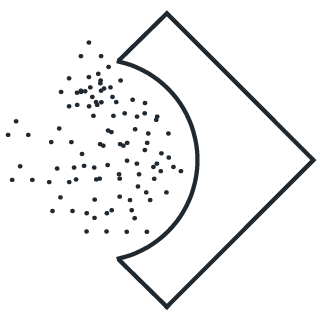Ten Berch Residential Care Centre
POLO designed the Ten Berch residential care centre on a park-like plot set in the middle of a large building block in the heart of Oud-Berchem. The site is located within walking distance of shops, tram and bus stops and other amenities, close to Albert Park. The green courtyard, which also borders a school, is marked by the presence of several phenomenal old trees near Lange Boomgaardstraat. A special site that calls for a generous building.
Harmonious integration
The design consists of an elongated three-storey building volume that meanders through the green plot. The volumetric implantation primarily accommodates the existing precious trees. The building thus provides space for two large old trees and then bends between the other trees, defining interesting in-between spaces, each with its own status with regard to 'publicness'. Underneath the building is a car park including storage and technical areas.
A permeable place
The two trees on Boomgaardstraat form a landmark, a part of the 'collective memory' of this place that absolutely had to be preserved. The fact that the building recedes on the street side creates a resting point as an entry to the green area behind. The combination with the view towards the inner area initiates a high legibility and permeability of the site as a whole. The current private status is thus spatially translated into a green space that literally and figuratively opens up to the neighbourhood, including a nearby school, in a controlled manner. A place that brings young (school) and old (residential care centre) together, but where further synergies can also arise with local residents or casual passers-by who can make use of the permeable building block during the day.
Human scale
The pendulum shape of the building volume is not only informed by the preservation of the valuable green space but also stems from respecting the urban planning 45° rule with respect to the plot boundaries. Moreover, the warped figure presents itself as a seemingly fragmented building, rather than a single monolithic care complex. In this way, the scale responds to the context, while also ensuring that the residents of the residential care centre do not get the feeling of having entered an anonymous care factory.
Homely living experience
An additional advantage of this curved volume is the fact that the circulation corridors are limited in length and abundant daylight can enter. The communal areas are located on the ground floor and are directly connected to a terrace that is lowered in relation to the park. As in a large villa, the various corridors with individual rooms are linked from the dining area/cafeteria as a central 'living room'. A separate collective room is provided for each living group.











